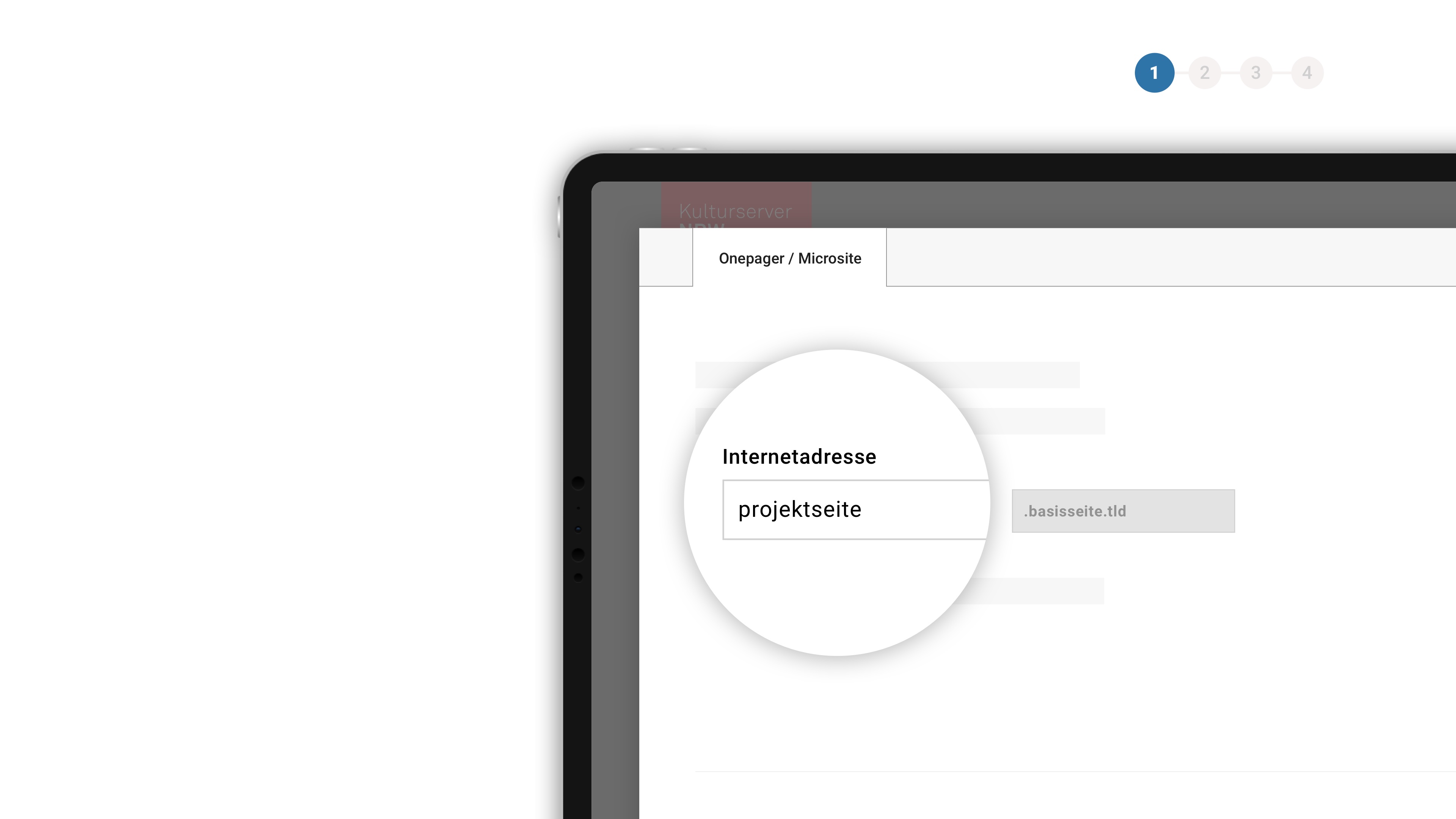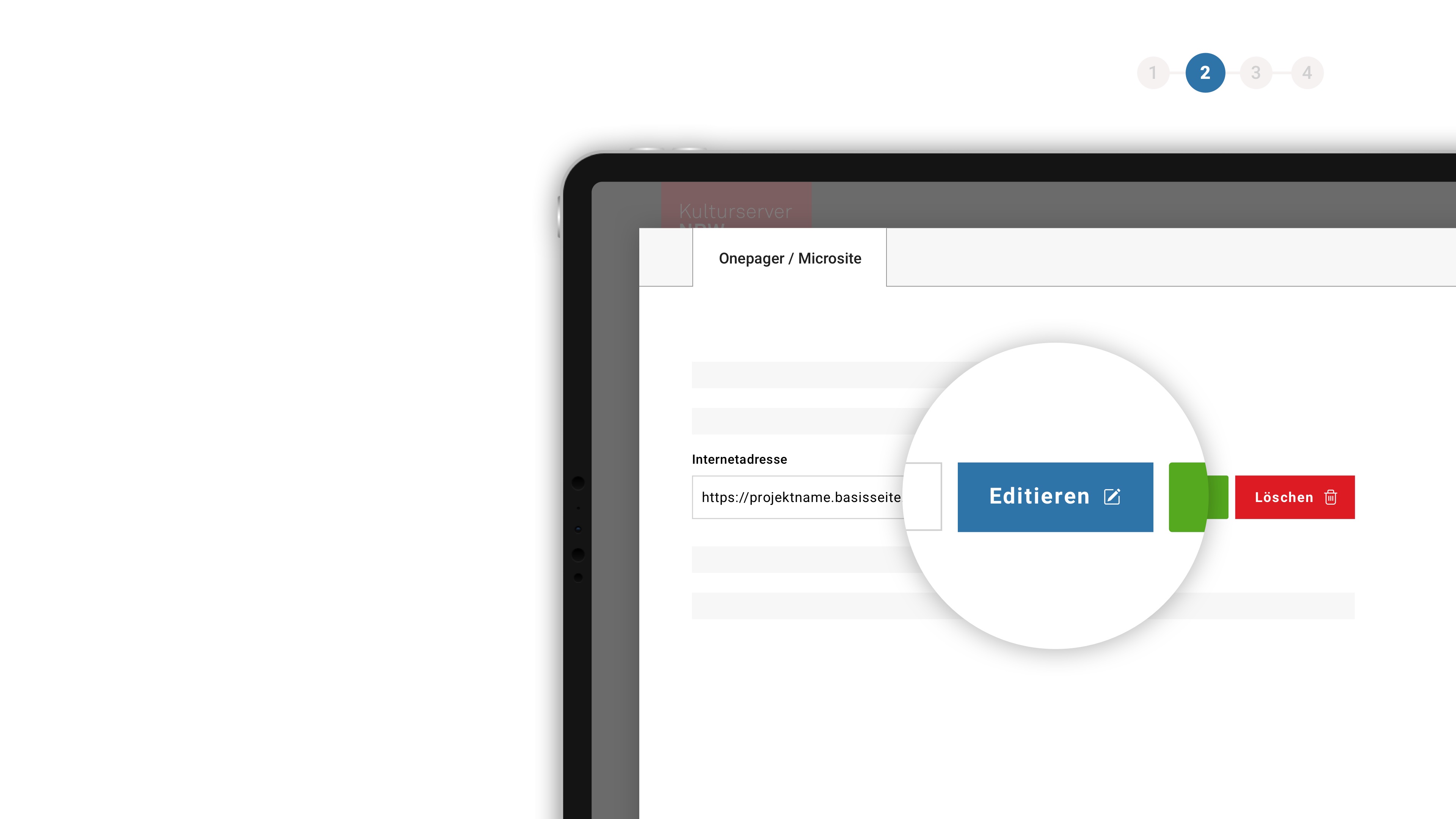Freiheit – und dann? - Deutsche Oper Berlin
From the programme booklet
Freedom – and then?
Harald Hodeige on Ludwig van Beethoven’s FIDELIO
Beethoven’s only opera has no diva languishing in the throes of love, no tenor belting passionate arias. There is no ruler whose decisions give cause for concern, nor a capricious god holding humanity captive. No one is courted, no one dies. Even these superficial facts place FIDELIO outside operatic tradition as it was on the cusp of the 19th century. Personal sensitivities regarding the vagaries of love are of secondary importance. Jaquino, for example, whose fiancée suddenly falls in love with another “man”, is never given the chance to vent his view of things in an aria: after his first altercation with Marzelline, his lot is to appear only as part of ensembles, the whole being more important than his personal state of mind. This despite the fact that he and Marzelline form the “lower couple” of traditional opera formula, put in place to lighten up the serious main storyline – one would assume that the two would be given enough room to do so. Not so. For Marzelline, who still dreams of marital bliss with her supposed new lover, is not asked either about her view of the proceedings in the jubilant finale. Whether she and Jaquino find happiness together is of secondary importance. After all, in his work, generally called a revolutionary “rescue” or “liberty” opera, Beethoven was out to portray higher issues, for which everyone must pay their price. This is where director David Hermann places the first of many question marks. To him, the piece is an opera dealing mainly with imprisonment – a compelling bon mot. FIDELIO begins wholeheartedly in the style of Viennese “Spieloper”. However, the undertaking soon veers off toward a universal drama of ideas, and, during the long-winded and complex genesis of the piece, that is where Beethoven increasingly placed his focus.
A Martyr’s Crown
Founded by Emanuel Schikaneder in 1799, the Theater an der Wien was conceived from its inception as competition for the Viennese Court Theatre. The actor, director and impresario, a member of Moser’s traveling troupe of actors since 1773 [which is how Mozart met him in Salzburg in 1780/1781], was intimately familiar with every intricacy of Viennese theatrical life, having gathered comprehensive experience as the director of the “Theater im Starhembergschen Freihaus auf der Wieden”, which was part of a satellite town of 225 living units with its own tax breaks, making it a social institution of sorts. The Theater an der Wien brought him closer to the city centre, and in August 1802 Luigi Cherubini’s comédie lyrique LES DEUX JOURNÉES OU LE PORTEUR D’EAU [THE WATER-CARRIER] had its celebrated premiere here: a contemporary French “rescue opera” built upon the titillation of its external action, without which FIDELIO would presumably never have been written. The story recounts the adventures of a simple water carrier who puts his moral courage and humanity at the service of the politically persecuted Count Armand, president of the Parliament.
After Beethoven had made his house debut on April 5, 1803 with the premiere of his oratorio “Christus am Ölberge” [Christ on the Mount of Olives], he soon tackled a first opera project, scheduled for March 1804: VESTAS FEUER [VESTA’S FIRE], based on a text by Schikaneder. The opening scene was written – 81 pages of manuscript have come down to us, approximately 20 minutes of music – before Beethoven abandoned the project, since Schikaneder had become the victim of intrigue and lost his position. A new opera endeavour was not long in coming: LEONORE resp. FIDELIO, a stage work which began to occupy Beethoven around New Year’s of 1803/1804 and which he returned to repeatedly over the course of the next eleven years. Even in early March 1804, he sent a deep sigh to his last librettist, Georg Friedrich Treitschke: “This opera is gaining me a martyr’s crown”.
“Real-Life Historical Events”
Joseph Sonnleithner, Schikaneder’s successor and soon also the secretary of Vienna’s Kärntnertortheater, provided the text for the original LEONORE: a translation and adaptation of the libretto LÉONORE OU L’AMOUR CONJUGALE by Jean-Nicolas Bouilly, which had been set to music by Pierre Gaveaux and premiered successfully at the Théâtre Feydeau in Paris on February 19, 1798, where it remained in the repertoire until 1801. As Bouilly later reported in “Mes Récapitulations” [My Recollections], his 1836/1837 memoir, the story was based on a true incident which had taken place in the French département of Indre-et-Loire: “real-life historical events” in which an aristocrat who was the victim of an abuse of power, was saved; Bouilly claimed that he had personally supported a certain Madame de La Valette in her attempts to save her innocent husband from the guillotine. Compared to the legends of classical mythology which had dominated 18th-century theatre, the story and its black-and-white rendering must have seemed uncommonly current – further highlighted by the eloquent, understandable names which Bouilly gave his characters: he derived FIDELIO from the Latin “fidelis” [faithful, dependable] and Florestan from “florus” [flowering, glorious], thus characterizing the two leading lights of the story. Roc, Beethoven’s Rocco, appears as steadfast as the proverbial rock in a storm, even if the alluring shimmer of gold tempts him sorely. At the time, the name Dom Pizare stood for the abuse of royal power by the Spanish conquistadores during their brutal conquering of the New World. And the buffo couple traditionally mirroring the hero and heroine bears typical servant names in the diminutive: Jaquino = little Jacob and Marceline/Marzelline = little Mary. However, the French playwright transposed the story, which must have taken place in France during the Jacobin reign of terror, to a Spanish state prison near Seville, presenting it as “fait historique espagnole” [Spanish historical fact]. Turning the villain Pizare into a representative of the Revolutionary government would have been too awkward in 1793, when the piece was written, and also at the time of its premiere. This plot device was also employed in the Italian adaptation LEONORA OSSIA L’AMOR CONJUGALE, which was first performed in a musical setting by Ferdinando Paërs in Dresden on October 3, 1804.
Opera between the Lines
The world premiere of Beethoven’s LEONORE, planned for the summer of 1805, was delayed because the censors had recognized the political dynamite of the story, with its female protagonist taking action against a despot’s tyranny, and had protested. Sonnleithner reacted promptly, catapulting the action into far-away history: “It’s true that a minister abuses his power, but only to take private revenge – in Spain – in the 16th century – yet he is punished, punished by the Court, and the heroism of female virtue counteracts [this offence].” Furthermore, in his correspondence with the Imperial and Royal Police and Censor’s Bureau, he put about the rumour that “Her Majesty the Empress and Queen [Maria Theresia of Sicily, the wife of Emperor Franz I of Austria] likes the original very much, and has assured me that no opera text has ever given her such pleasure”. Furthermore, rehearsals had “already begun […], since this opera is to be performed on the name day of her Majesty the Empress.” The authorities fell for Sonnleithner’s tricks and approved the piece, albeit with the demand to revise the “most offensive scenes”. The manuscript, however, shows no evidence of any such alterations.
The opera was publicized against Beethoven’s wish as FIDELIO, ODER DIE EHELICHE LIEBE [FIDELIO, OR CONJUGAL LOVE], presumably to avoid it being mistaken for Paërs’ LEONORA. The premiere at the Theater an der Wien on November 20, 1805 was crushed by political events. Napoleon, who had crowned himself Emperor of France at the Cathedral of Notre Dame, had invaded the Austrian capital with his troops only a few days before. The noblemen expected for the premiere had fled, and the formerly French LEONORE was caught between the lines. In the occupied city, as August von Kotzebue’s journal “Der Freimüthige” reported, there was “quite an unusual silence […]. Of course no one thought of entertainment when the worries about survival were so powerful, and fear of potential collisions and unpleasant occurrences kept many at home.” Furthermore, the stage work, still containing three acts at this time, was unfinished, both in dramaturgical and musical terms, so that the same publication reported: “A new opera by Beethoven: FIDELIO, ODER DIE EHELICHE LIEBE, failed to please. It was only performed a few times and remained entirely empty after the first performance. The melodies and characters, despite some successful aspects, lack that felicitous, apt, irresistible expression of passion which grips us so irresistibly in the works of Mozart and Cherubini.”
Beethoven was also unhappy with his LEONORE, since it adhered entirely to the traditional opera formula. As early as December 1805, he revisited the work, revising the libretto together with his old friend Stephan von Breuning, whom he still knew from Bonn, while also condensing the dramatic action, reducing the work from three to two acts, in order “to give the opera a livelier pace”, as he wrote. The fact that the composer prefaced this second version of LEONORE with the third Leonora Overture, in which the core of the drama is given a symphonic treatment, shows his own priorities: to him, the idea behind the entire piece trumped the actual stage action.
Second and Third Attempts
The revised version of LEONORE was presented at the Theater an der Wien on March 29 and April 10, 1806, and “despite several cabals […] most decidedly made its fortune”, as the “Journal des Luxus und der Moden” reported in May 1806. The fact that these remained the only two performances was probably due to a falling-out between Beethoven and the theatre’s artistic director, the cause of which has not been identified to this day. Be that as it may: Beethoven withdrew LEONORE and buried the score in a drawer for several years. Even though a revival was planned in Prague in 1807, for which another overture was written [known today as the Leonore Overture I, due to a chronological mistake by early Beethoven scholars], there are no reports on such a performance, so that it is assumed that it never took place.
In 1810 Beethoven had a piano reduction published by Breitkopf & Härtel in Leipzig, presumably in the hope of helping his only opera gain performances. The work would not triumph, however, until 1814, when three managers of the Imperial and Royal Court Opera, Ignaz Saal, Johann Michael Vogl and Karl Friedrich Weinmüller, asked Beethoven for a performance – during a politically disillusioned period of restoration, in which all dreams of liberty were a thing of the past. The renewed revision the opera underwent on this occasion, in which the authors again increased the pace of the action, condensed the drama and accentuated the decisive turns of the plot, was described by Beethoven as extremely strenuous. However, his last librettist, Georg Friedrich Treitschke, proved himself an ideal partner: “If you hadn’t taken such pains with it and created such an advantageous version, I could not have brought myself to tackle it – you thereby salvaged several good parts of a grounded ship” [Beethoven].
When the final version of the opera was finally presented at Vienna’s Kärntnertortheater on March 23, 1814 and turned out a great success, FIDELIO had finally taken on the form which Beethoven had aspired to. According to the “Allgemeine musikalische Zeitung”, “most musical numbers met with lively, even tumultuous applause, and the composer was called out to take a bow after the first and second act.” The reviewer of the “Wiener Theater Zeitung” euphorically called the work “a profoundly thought-out, delicately felt product of creative imagination, purest originality, the most divine flight from the earth-bound towards the incomprehensible heavenly”. All this despite the fact that Beethoven had not managed to complete his FIDELIO at this point, which is why the newly-composed overture could only be performed from the second performance on May 26 onwards. The definitive version of Leonore’s aria took another eight weeks to complete, receiving its premiere at a benefit performance on July 18, 1814.
A Work of Ideas
In the final version of his opera, Beethoven took every opportunity to escape the reigning formula, in favour of a timeless work of ideas. The action proceeds at a rapid pace. No sooner are the first two numbers over than Leonore appears, disguised as Fidelio, before the quartet “Mir ist so wunderbar” offers a subtle way of suspending the mechanics of the singspiel, since the protagonists share the melody, but sing about extremely different subjects. With Leonore’s recitative and aria “Abscheulicher! Wo eilst du hin?“, which begins like a romantic opera, Beethoven introduces a symphonic dramatization which shifts everything to a new plane: viewers are not only to witness the portrayal of emotions by a singer, but experience the feelings themselves, being drawn deep into the drama. Unlike Mozart, who focused on the truthfulness of emotion in his operas, Beethoven was all about the truthfulness of drama, and this was new in its absoluteness. Another new aspect is that Beethoven’s entire FIDELIO is told from the perspective of Leonore, a woman, which turns the traditional, stereotypical role typology of female opera personnel in this era on its head. The entire plot ultimately serves to characterize Leonore and the idea behind her character; even Florestan contributes to this when he experiences a vision of his wife in his dark dungeon.
The Plot’s Dramaturgical Obstacles
From a dramaturgical point of view, the tale of FIDELIO is anything but unproblematic. It does not really offer evening-length action, but congeals around a brief key scene inside the prison, a punctual event. Furthermore, the viewers, lacking the back story of Florestan’s arrest, must be made to understand that Leonore is not really a trouser role. This is one of the points of introducing Marzelline, whose love for the supposed Fidelio makes for all kinds of effective theatrical conflict. Since Leonore must first be taken on as a servant by Rocco in order to approach her husband, it was obvious to relate Marzelline, Rocco’s daughter, to “the prison” as the scene of action, unusual as this might be for an opera setting. The exposition of her role profile in the first numbers of the opera introduces the drama. Afterwards, the conflict between Don Pizarro and Florestan is illuminated: Pizarro appears and finds a message, a purposeful indiscretion, informing him of the inspection by the Minister, who has heard of his illegal machinations. This creates an urgent need for action, which is why the innocent prisoner is to be liquidated as soon as possible. However, there are delays. Leonore has been given permission by Rocco to give the inmates whose dark and airless cells are below ground permission to enjoy daylight for a while. The manoeuvre, however, does not bring the result she hoped for: kept in solitary confinement, her husband is not among the prisoners. Afterwards, the situation comes to a head, as Leonore and Rocco descend to the prison’s depths to dig a hole in the cistern in which to bury Florestan. A dialogue ensues, leading to the recognition scene between Leonore and Florestan. Only now does the real “action” take place, i.e. Leonore preventing the murder and the arrival of the Minister, leading to the general jubilation of the finale.
Per aspera ad astra
Considering the concept of the final version of FIDELIO, the action in Act I turns increasingly from cheerful to dark, while Act II returns to the light, all the way to the triumphant finale. This reverse progression is accentuated by the music, which departs from operatic convention of the time by not merely illustrating the situation unfolding on stage, but amplifying and interpreting the tale, in which the protagonists – themselves the embodiment of abstract ideas – exceed all expectations, to a degree previously unheard of. One example is March No. 6, in which the villain is introduced with military music which has lost its way, full of metric and formal irregularities. This number, which in the 1806 version still had the mere task of choreographing Pizarro’s battalion of guards, is here transformed into a character piece – marching to it is not really possible, and military ceremony turns into grotesque. Pizarro’s hollow pose as a ruler, in turn, is matched musically by a shrill shift from minor to major keys as well as the tempo marking “Allegro agitato”, an expression of aggressive tension. Furthermore, the brutality of this figure, representing absolute evil with a total lack of subtlety, is expressed in a vocal line that can hardly be called belcanto, bellowing as he does atop an orchestra playing fortissimo – no wonder that Rocco is afraid of this man. The open ending of the first finale with the return of the prisoners to their cells crosses the line between the two acts, taking us straight into Florestan’s dark dungeon, the orchestra evoking a sombre atmosphere with obscure colours, tremoli and strident contrasts between light and dark. Florestan looks death in the eye. Only afterwards, his rescue begins with the central unmasking scene, as Pizarro reveals himself to his adversary Florestan. Twice, Leonore intervenes during this “showdown” against Pizarro’s attempts at murder, ultimately with pistol drawn, which is the point where the music reaches its unsurprising dramatic climax. The orchestral writing ascends chromatically during Pizarro’s vocal outburst, culminating in a martial, triumphant D-major. After the dialogue passage “Soll ich vor einem Weibe beben?“ – „Der Tod sei dir geschworen“ („Shall I tremble before a woman?“ – „I have sworn to see you killed”), they are rescued – by the trumpet signal heralding the Minister’s arrival from outside.
“Oh nameless joy!“
The finale begins in the same tempo: “Heil sei dem Tag, heil sei der Stunde!“ (“Hail to the day, hail to the hour!“). In the final version of the opera, this is set on the palace’s parade-grounds, where all of humanity seems to have convened. Treitschke consciously separated this final apotheosis, in which the utopia of freedom finds its musical fulfilment in the manner of an oratorio, from the linear action of the opera by changing scenery, which is why many directors have staged this utopian ending like an oratorio – turning up the house lights and introducing singers in everyday or concert attire. And yet, Leonore, who is allowed to remove Florestan’s shackles herself, has achieved the unthinkable as a solitary person and as a woman, overcoming the machinery of violence and the regime of injustice through moral courage. The entire “people”, including Marzelline and Jaquino, joins in the choral homage to Schiller, building a bridge towards the idealistic finale of the Ninth Symphony. Yet does freedom triumph in the end?
At first, it does, says director David Hermann, since Leonore risks her life to attain the impossible, not only rescuing her innocent husband, but also providing the decisive impulse for the downfall of Pizarro’s rule of terror: after suffering injustice for so long, the regime change announced by the Minister is entirely unexpected, materializing “at the door to our grave”, as the chorus notes in sombre unison. However, Hermann explains, this liberation takes place without warning, remaining something of a “foreign object”. Indeed, Leonore’s courage and determination would have come to nothing without the “Deus ex machina” [in the shape of the Minister] resolving all conflicts – an artistic device already past its prime when Beethoven reached for it. In Bouilly’s LÉONORE, written in the era of La Terreur, when innumerable people suspected of “counter-revolutionary” doings were arrested and many of them guillotined, the consoling and encouraging message of this ending was that it was not necessary to actively effect change – a message still popular after the end of La Terreur, since the social changes that had taken place since 1789 were doubtlessly radical. [An interesting fact in this context is that the music for Florestan’s return to freedom, “Oh Gott! Welch’ ein Augenblick!”, was taken from Beethoven’s early hymn “Da stiegen die Menschen ans Licht“ from his “Cantata on the Death of Emperor Joseph II”, an enlightened innovator in many areas.] What, however, does the abrupt turnabout in Beethoven’s “prisoner opera” FIDELIO mean? In any case, it remains open what happens after the end, which he deliberately separated from the previous staged action and gave a symphonic character. After all, one must question whether, freshly overwhelmed by the heady taste of liberty, this society with all its conflicting individual interests can make meaningful use of this newly-won freedom? This question is central to David Hermann’s production. For how does the story continue after the rulers have left the stage?
Translation: Alexa Nieschlag





